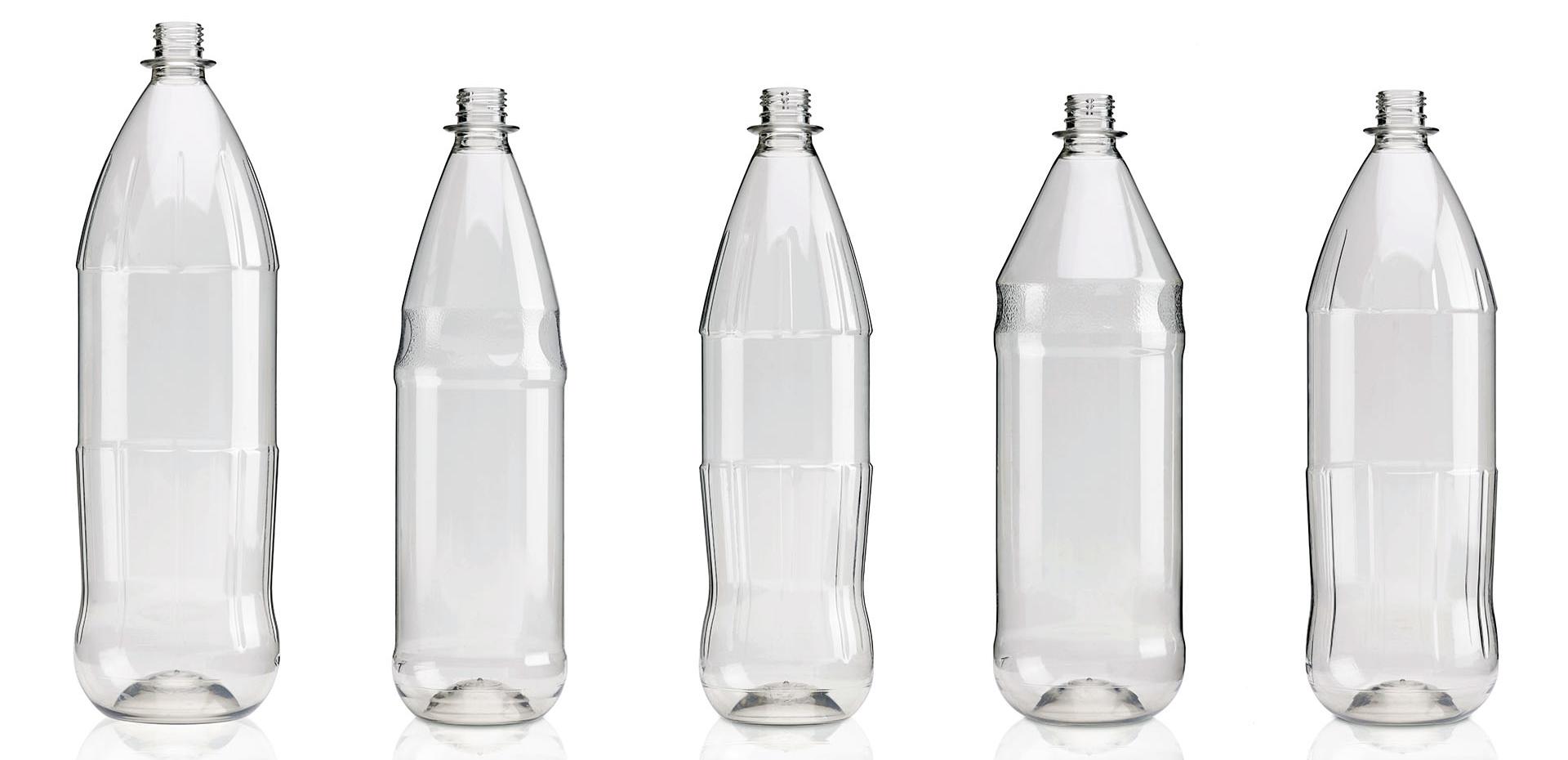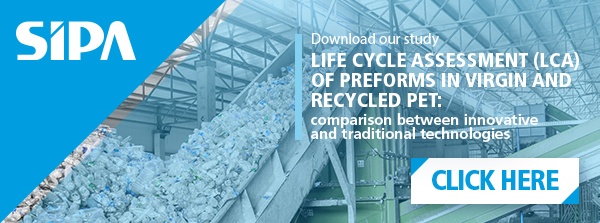
The progressive reduction of the use of single-use plastic in Europe, led by the EU Directive 2019/904, is pushing the development of an alternative to a plastic bottle. The new refillable PET bottles new reusable PET bottles with technical characteristics that meet both the law and the needs of companies that use them to market beverages.
The design and construction of PET water flasks has also seen an increase in demand due to the peculiarities of this material which, in this case, can be used instead of aluminum and steel.
Let's see what are the technical aspects that make PET refillable and reusable packaging a step forward from an ecological point of view.
"Obligation and deadlines to comply with the single use plastic directive."
Download our free eBook
Pet refillable and reusable bottles comparable to glass
To enter a production cycle beneficial both for the environment and for companies the first challenge of those who developed PET reusable bottles was to obtain characteristics similar to those of glass bottles.
A fundamental requirement that a reusable container made of polyethylene terephthalate (PET) must have concerns the washing cycles that it can withstand without being altered. The efforts made in research and development have led to the durability of this container closer to that of a glass bottle.
Focusing on the resistance and ability to overcome repeated washes means extending the life of the packaging and, as a result, reducing its environmental impact more and more.
Another factor that makes PET reusable bottles easily usable by beverage companies is the ability to fill them through the same systems designed for glass bottles. Not having to replace machines or parts of filling lines is certainly a big plus.
READ ALSO: "PET bottles vs glass and cans: costs and benefits working with PET"

Increasingly environmentally friendly PET refillable packaging
The use of rPET in the creation of refillable and reusable packaging represents a further step in the direction of ecology. For example, a water flask made with at least 50% recycled PET and designed to be totally recycled after a long use, becomes a valid alternative to one made of aluminum or steel.
In order to be competitive on the market, the rPET water flask must be:
- 100% recyclable;
- Dishwasher washable;
- Allow easy filling;
- Be suitable for storage in the refrigerator;
- Be unbreakable, light, handy
Returning to the refillable PET bottles, the reduction of the environmental impact also passes from the lightening of the containers, an operation that leads to a lower use of material.
Through careful design you can achieve a reduction in PET bottle weight by more than 20% and a resistance that allows you to reuse the container up to 20 times.
Beverage companies can benefit greatly from using this type of lighter but more durable bottles, because PET is unbreakable and cheaper than glass.
Refillable PET bottles: for what they are used for and where?
Refillable bottles are mainly used by CSD manufacturers, i.e. carbonated soft drinks.
This trend is mainly found in Northern Europe, Germany and Latin America, but it is expected that the use of reusable packaging as a valid alternative to plastic in other countries will soon expand, precisely to meet the new demands of consumers increasingly attentive to environmental protection.





